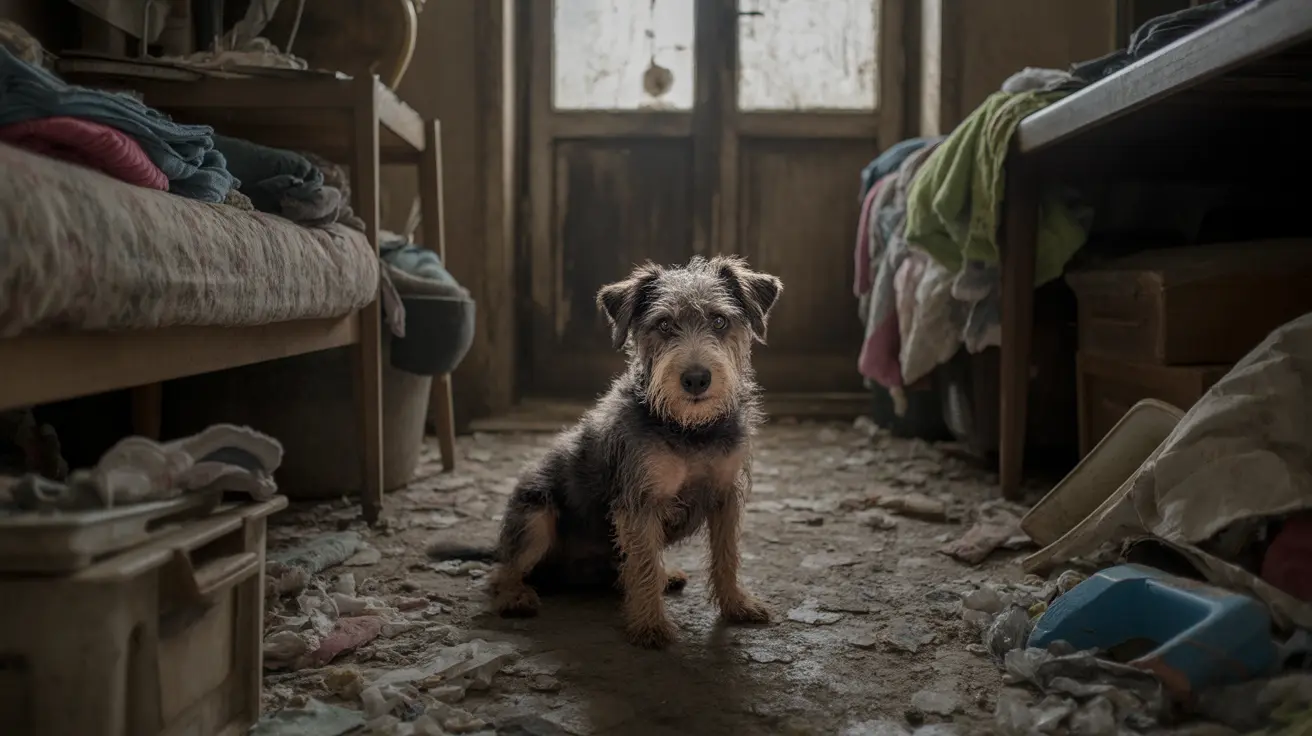How to Say "I Love You" in Dog Language
Understanding how dogs perceive love is key to building a strong, trusting bond. Unlike humans, dogs rely heavily on associative and emotional memory rather than vivid recollection of past events. This means that the way you interact with your dog daily becomes the language of love they understand most.
Understanding How Dogs Remember
To express affection effectively, we must first know how dogs remember and form bonds:
- Associative memory: Dogs associate actions and people with feelings or outcomes. Positive routines like cuddling, feeding, and playing foster love.
- Long-term memory: Built over time through consistent interactions. Dogs remember familiar people and routines for months or years.
- Sensory memory: Dogs use their nose to recognize people and places. Your scent is one of the most powerful reminders of your presence and love.
Ways to Say "I Love You" to Your Dog
- Gentle Voice: Use a calm, affectionate tone. Dogs are sensitive to vocal cues and will associate your tone with positive emotion.
- Eye Contact: Mutual soft gaze releases oxytocin (the love hormone) in both of you—just like bonding between a parent and child.
- Touch and Petting: Dogs often interpret petting, especially behind the ears or on the chest, as affection.
- Consistent Praise and Treats: Positive reinforcement when your dog does something good helps them associate your presence with happiness.
- Quality Time: Play games, go on walks, explore new environments—sharing experiences strengthens the bond.
- Routine: Consistency in feeding, walking, and bedtime builds trust and conveys care.
- Mirror Love Language: Some dogs show love by leaning, licking, or bringing you toys. Reflecting these actions (like gentle cuddles or praise) builds emotional depth.
Don’t Rely on Words Alone
While saying “I love you” aloud can make you feel good, dogs don’t understand the phrase itself. Instead, they remember the emotional vibration and context in which it’s delivered. Using a sweet tone when saying loving words creates a positive association.
Things to Avoid
- Yelling or harsh corrections: Even if accidental, they can damage trust.
- Inconsistency: Mixed messages confuse dogs and weaken associations.
- Neglecting interaction: Dogs are social animals; regular positive interaction is key to reinforcing love.
Do Dogs Remember Love?
Yes—but not in our human sense. They remember patterns, emotions, and connections over time. A dog may not “recall” a specific moment, but they’ll know you’re a source of safety, joy, and love.
Real-Life Examples
- Dogs have recognized owners after years apart—triggered primarily by their scent and voice.
- Many dogs wait at doors or windows at specific times, showing recall tied to routine and expectation.
- Dogs excitedly greet people who gave them positive experiences long ago—indicating emotional memory.
Training Enhances Bonding
Reinforce affection through training. This increases obedience but also builds mutual understanding. Reward-based training links your image to feelings of success and joy.
Final Thoughts
To say “I love you” in dog, focus on authentic interaction. Dogs speak a language of energy, routine, emotion, and scent. Over time, they recognize and cherish your affection by how you make them feel—not what you say. Every tail wag, happy bark, or soft nuzzle is a response to the loving language you continuously show them.





